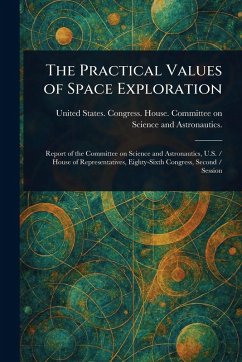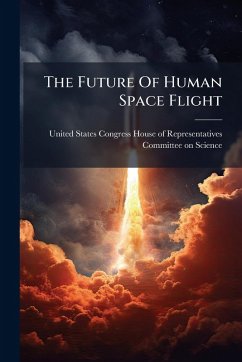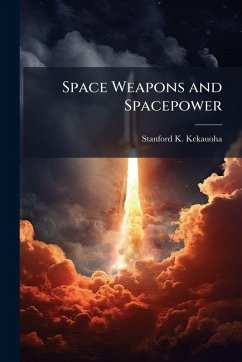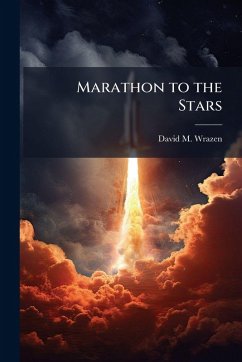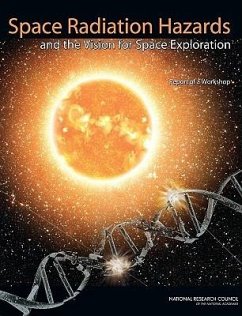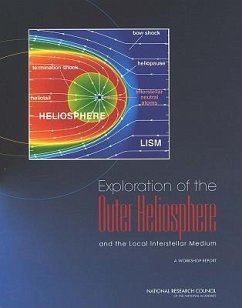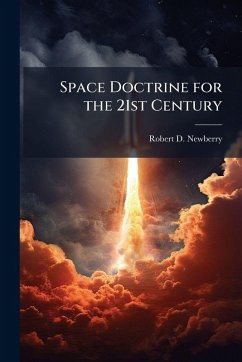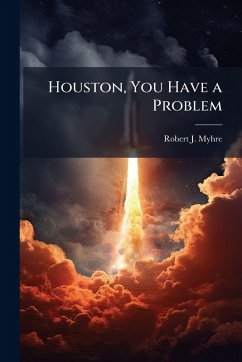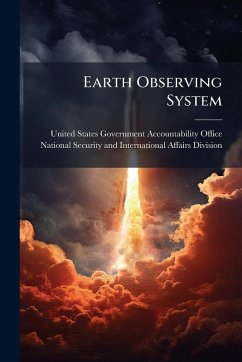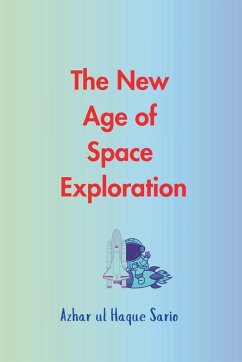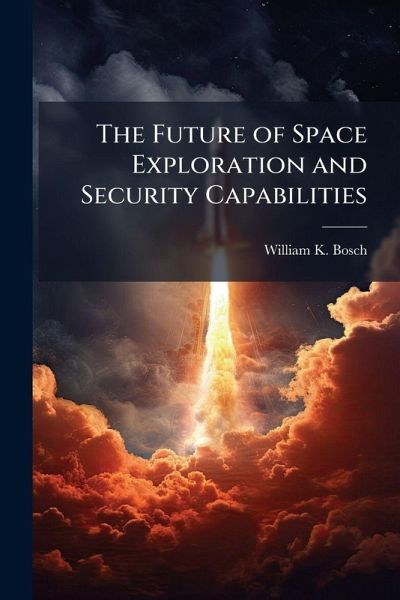
The Future of Space Exploration and Security Capabilities

PAYBACK Punkte
7 °P sammeln!
This paper applies scenario-based thinking as described in Peter Schwartz's The Art of the Long View to analyze the future of space exploration. Manned interplanetary space exploration, as proposed by the current US administration, is examined with this scenario approach to identify the capabilities that may be required to protect national security. These scenarios, based on two axes, state competition and abundance of natural resources, provide four possible scenarios for Solar System exploration. These scenarios are compared to certain aspects of North America's discovery and colonization, a...
This paper applies scenario-based thinking as described in Peter Schwartz's The Art of the Long View to analyze the future of space exploration. Manned interplanetary space exploration, as proposed by the current US administration, is examined with this scenario approach to identify the capabilities that may be required to protect national security. These scenarios, based on two axes, state competition and abundance of natural resources, provide four possible scenarios for Solar System exploration. These scenarios are compared to certain aspects of North America's discovery and colonization, as this country's past exploration period is, perhaps, an excellent example of what may lie ahead. This work has been selected by scholars as being culturally important, and is part of the knowledge base of civilization as we know it. This work was reproduced from the original artifact, and remains as true to the original work as possible. Therefore, you will see the original copyright references, library stamps (as most of these works have been housed in our most important libraries around the world), and other notations in the work. This work is in the public domain in the United States of America, and possibly other nations. Within the United States, you may freely copy and distribute this work, as no entity (individual or corporate) has a copyright on the body of the work. As a reproduction of a historical artifact, this work may contain missing or blurred pages, poor pictures, errant marks, etc. Scholars believe, and we concur, that this work is important enough to be preserved, reproduced, and made generally available to the public. We appreciate your support of the preservation process, and thank you for being an important part of keeping this knowledge alive and relevant.



